7 Signs of a Clogged Sewer Line & Prevention Tips
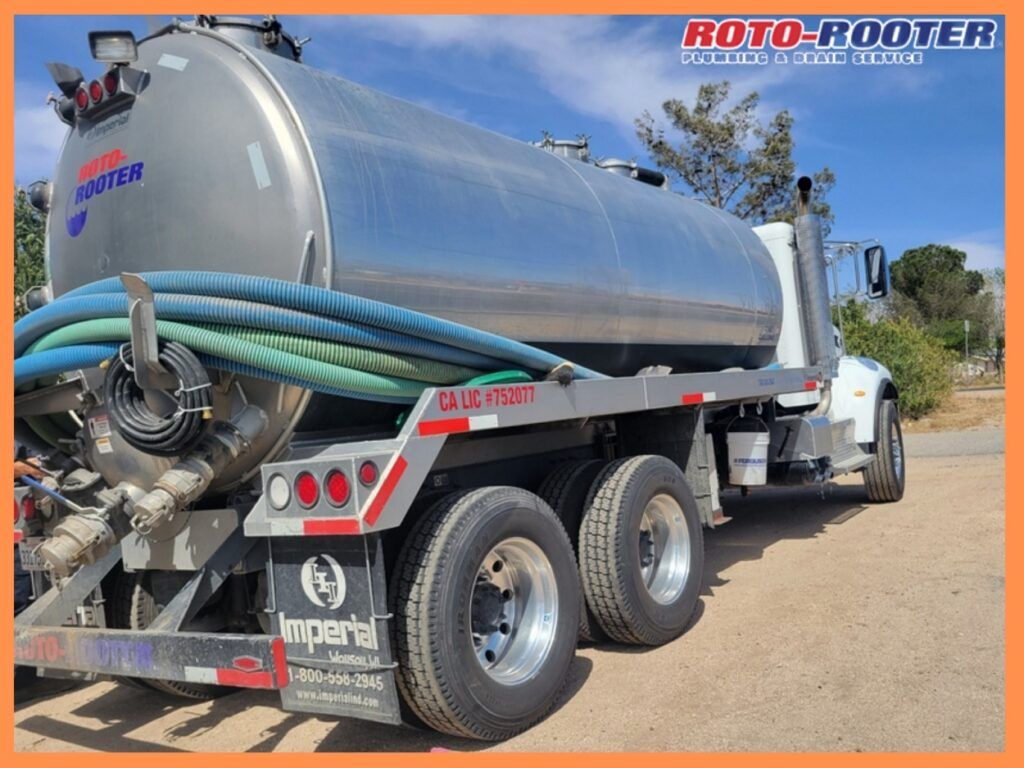
The plumbing system is a vital and often overlooked component of our homes. It operates silently behind the walls and beneath our feet, playing a crucial role in our daily routines. It provides the conveniences of modern life — from the refreshing morning showers to washing dishes after a hearty meal. This intricate system ensures that we have consistent access to fresh water while efficiently disposing of waste. But, like any other system, it’s also not immune to issues.
One such problem, often underestimated in its potential impact, is a clogged sewer line. The repercussions of a blocked sewer line can range from mere inconveniences to significant hazards that can pose threats to health and property. Therefore, it’s not just about recognizing the signs of a clogged sewer line, but also understanding the need for professional sewer repair to properly address the issue. Being equipped with this knowledge ensures homeowners can act swiftly, mitigating risks and avoiding the astronomical costs associated with extensive repairs.
What is a Sewer Line and Why Does It Get Clogged?
A sewer line is the main conduit through which wastewater from your residence reaches either a city’s main sewer system or a septic tank, depending on your locality. Over time, these sewer lines can become clogged due to a myriad of reasons:
Tree Roots: Trees, in their quest for water, can grow their roots into the tiny cracks of sewer lines. Over time, these roots can obstruct the flow of the wastewater.
Foreign Objects: Flushing inappropriate items, like baby wipes, toys, or sanitary products like tampons , can lead to blockages.
Grease Build-up: Pouring fats and oils down the drain may cause them to harden inside the pipes, leading to obstructions.
Pipe Breakages: Older homes may have sewer pipes made of clay or other breakable materials. These can crack and collapse over time, leading to obstructions.
The Everlasting Signs of a Clogged Sewer Line
The importance of knowing the signs of a clogged sewer line cannot be overemphasized. Recognizing these signs early can save you from massive repair bills and keep your family safe. Let’s delve into these signs:
1- Multiple Drain Back-ups
When more than one drain in your home experiences a back-up, it’s a glaring indicator of a clogged sewer line. The blockage in the primary sewer line can affect all the other secondary lines connected to it. So, if your toilet, shower, and sink are all draining slowly or not at all, it’s time to investigate.
2- Unpleasant Odors
Undoubtedly, one of the telltale signs of a blocked sewer line is an unpleasant odor emanating from your drains – this indicates that something’s wrong and needs attention immediately.
3- Gurgling Sounds
If you hear bubbling or gurgling sounds coming from your drains, especially after flushing the toilet or using the washing machine, it’s a sign that air is trapped in the pipes because of blockages.
4- Water Backing Up in Odd Places
A key sign of a clogged sewer line is water coming up in unexpected places. For instance, if you flush your toilet and water backs up in the bathtub or shower, it means that the water is trying to find an alternative route due to a blockage in the main line.
5- Lush Green Patches in the Lawn
If you notice a particular patch of your lawn looking greener and healthier than other areas, it could mean that the sewer line below is leaking. The sewage acts as a fertilizer for the grass, giving it a lush appearance.
6- Presence of Pests
Rats live in sewers and can find their way into your home through cracks and gaps in a damaged sewer line. If you notice an increase in rat activity or even an infestation of sewer flies, it could point to a compromised sewer line.
7- Pooling Water in the Yard
Another sign to look out for is pooling or standing water in your yard, especially in the vicinity of the sewer line. This could indicate a significant blockage or even a break in the sewer line.
Prevention and Maintenance
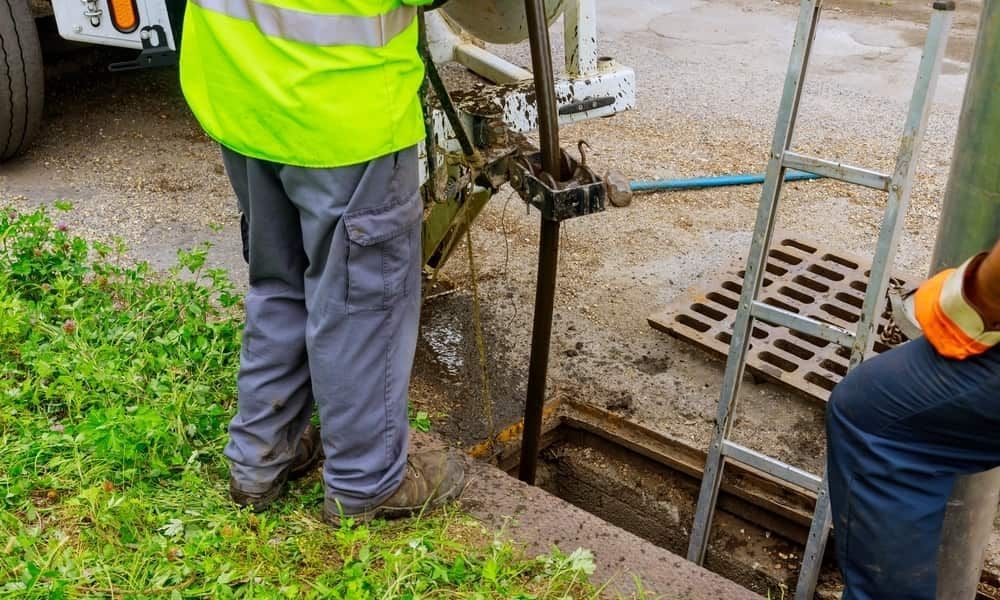
Learning the signs of a clogged sewer line is only half the battle. Preventive measures and regular professional sewer maintenance can save homeowners a lot of trouble:
Regular Inspections: Schedule regular inspections of your sewer line, especially if you live in an older home. This can help identify potential problems before they escalate.
Mind What You Flush: Only toilet paper and human waste should be flushed. Even items labeled as “flushable,” like wet wipes, can clog the pipes.
Proper Disposal of Grease: Instead of pouring fats and oils down the drain, dispose of them in the trash.
Root Barriers: If trees are near your sewer line, consider installing root barriers to prevent them from infiltrating the pipes.
Closing Thoughts: Keeping Your Sewer Lines Clear
The indications of a clogged sewer line can range from subtle to glaringly obvious. Being observant and proactive can save homeowners a significant amount of stress and money. Regular maintenance, combined with a keen awareness of these signs, is the key to ensuring a smooth-flowing plumbing system. If you do notice any of these symptoms, it’s essential to call in plumbing professionals promptly to assess and address the situation. Remember, when it comes to your home’s plumbing, prevention is better than cure.
Roto-Rooter offers expert assistance in unclogging your sewer lines. Our team of skilled plumbers can promptly resolve any plumbing issues. Contact us today to schedule a service !
The post 7 Signs of a Clogged Sewer Line & Prevention Tips appeared first on Roto-Rooter High Desert.
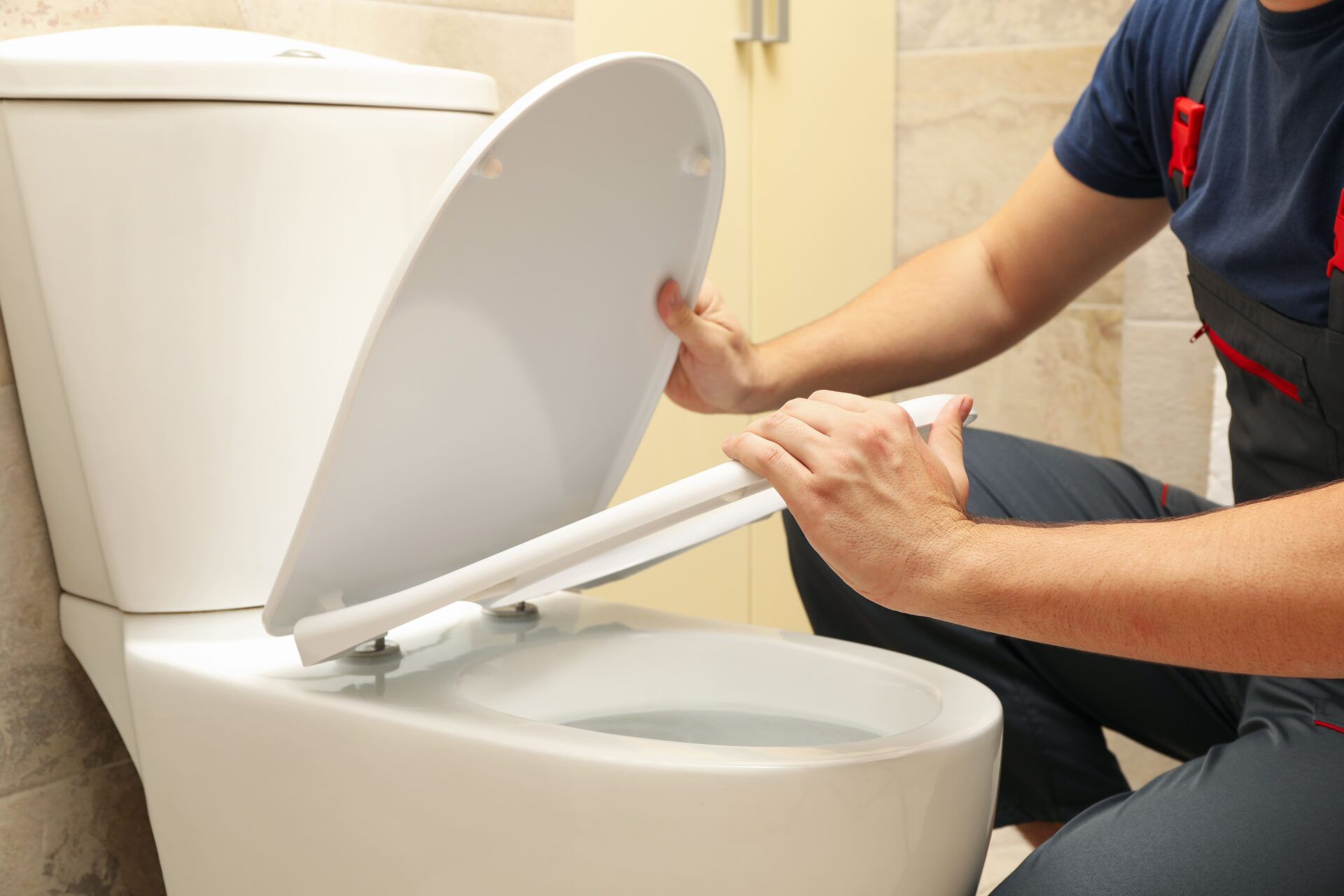
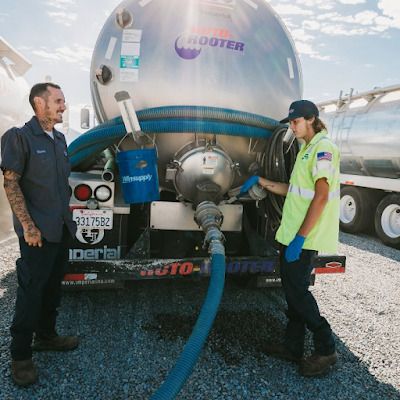
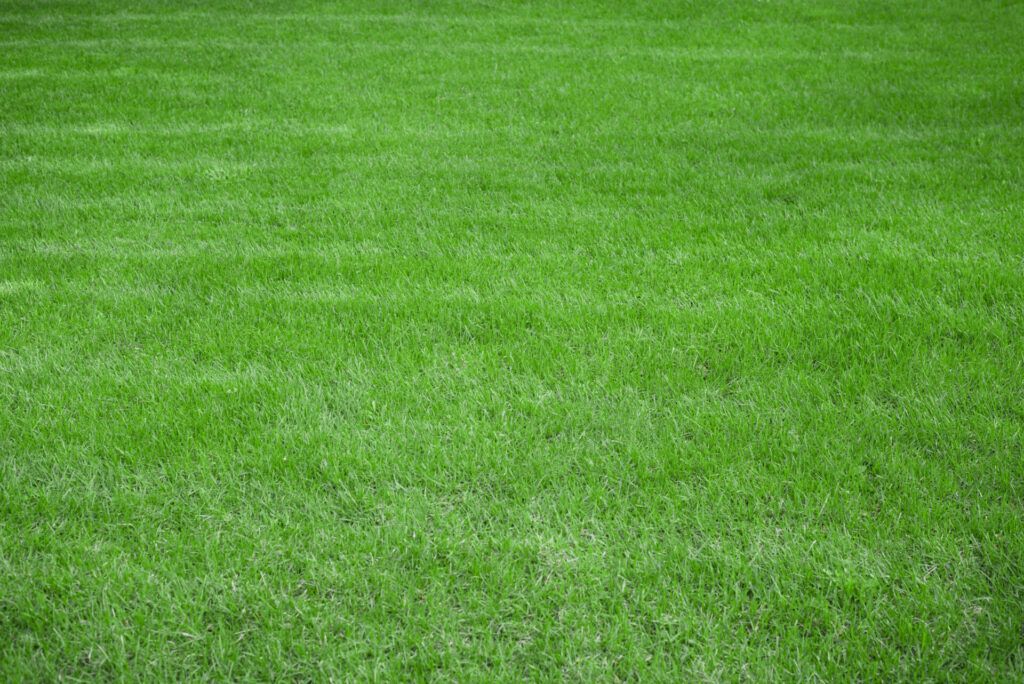
Browse Our Website
Contact Information
Phone:
Address:
13570 Tonikan Road., Apple Valley, CA 92308
Business Hours:
- Mon - Sun
- Open 24 Hours

